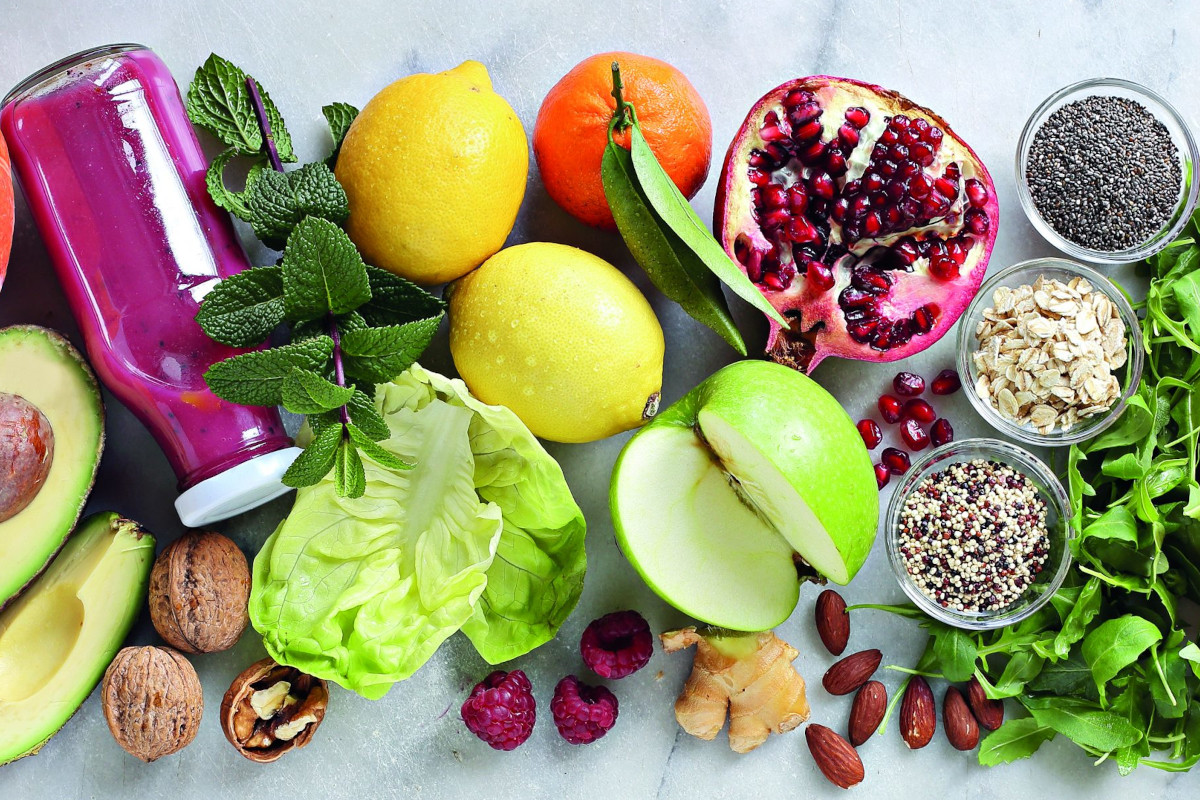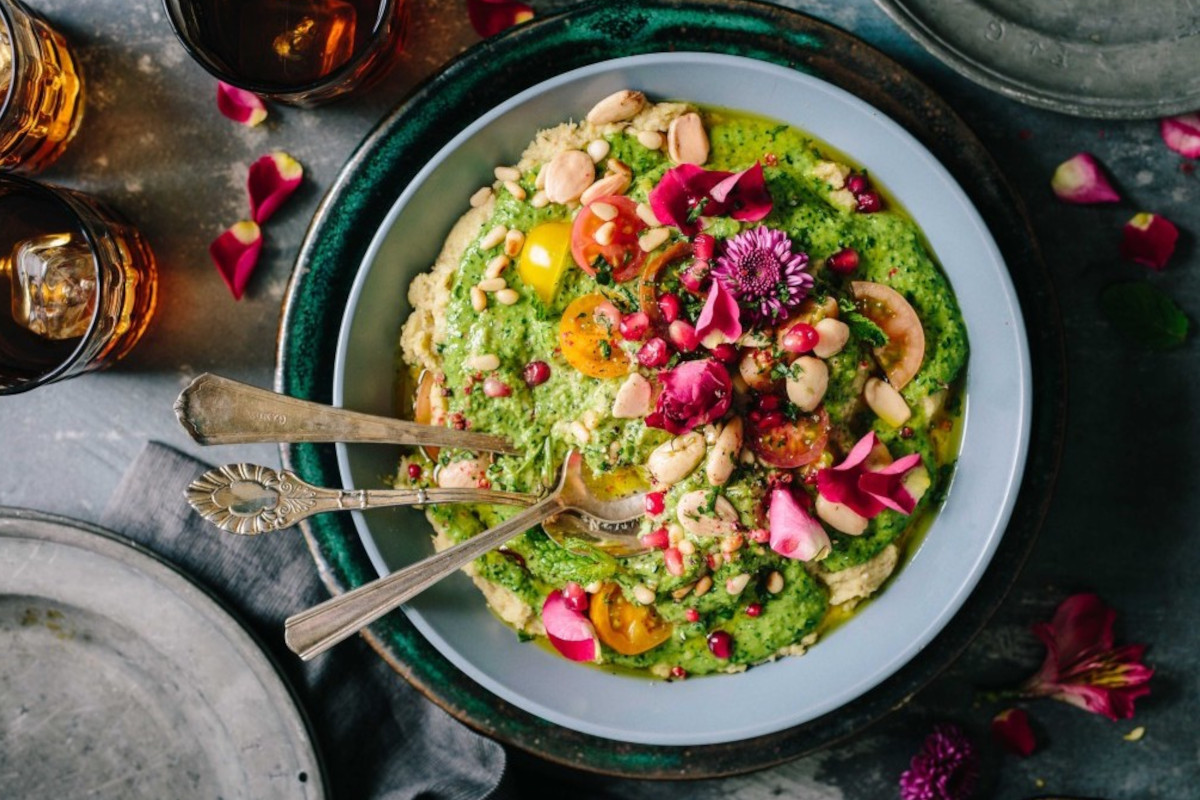
Whole Foods Market revealed the top 10 food trends for 2021. They range from a revival of “epic” breakfast to gourmet-inspired homemade baby food to the growing use of niche cooking oils and products that focus on the versatility of chickpeas.
The Whole Foods Trends Council, made up of more than 50 members of the Whole Foods Market team including local collectors, regional and global buyers and culinary experts, creates trend predictions based on decades of experience and expertise in product sourcing, researching consumer preferences and the being on the front lines with emerging and existing brands.
“Food trends are a sign of the times, and our trends for 2021 are no exception” – said Sonya Gafsi Oblisk, Marketing Director at Whole Foods Market. “In 2020 consumer habits changed radically. For example, shoppers have found new passions for cooking, they have bought more items related to health and wellness, and are eating more breakfast at home every day than they did before Covid-19”.

WHOLE FOODS TOP FOOD TRENDS FOR 2021
- Well-being is served
As the lines between supplement and grocery aisles blur, Whole Foods expects superfoods, probiotics, broths and sauerkraut to continue to surge.
“Suppliers contain functional ingredients like Vitamin C, mushrooms and adaptogens to help calm your head space and support the immune system. For obvious reasons, people want this pronto” – the Council’s members say.
- Epic Breakfast Every Day
“As more and more people work from home, the most important thing is to get the attention they deserve, not just on weekends, but every day” – remarks the retailer.
There is a whole new line of innovative products tailored for people who pay more attention to what they eat in the morning: pancakes on weekdays, sous vide egg bites, and even mung bean “eggs”.
- Basics on fire
With more time in the kitchen, chefs look for hot, new flavors of pantry staples that lead to new versions of long-life pasta, sauces, and condiments.
“Get ready for reinterpreted classics like hearts made from palm noodles, apple wood-smoked salt and ‘meaty’ vegan soup” – predicts Whole Foods.
- Coffee beyond the cup
Consumers get their coffee in more ways, including coffee-flavored bars and granolas, smoothie boosters and alcohol, and coffee yogurt.
- Baby food, all adults
Baby foods are experiencing a culinary makeover with products that contain a wide range of healthy ingredients, from purple carrots to Omega-3-rich flaxseed.
“Thanks to an inspired culinary innovation, parents have never had a larger or richer selection of ingredients to choose from” – say Whole Foods.
- Upcycling foods
Brands and food manufacturers continue to look for new ways to recycle ingredients that would previously have been wasted.
“We’re seeing a huge increase in packaged products, where neglected and underutilized parts of an ingredient are used as a way to reduce food waste. Upcycling foods, made from ingredients that would otherwise have been food waste, help maximize the energy used to create, transport and prepare those ingredients.”
- Oil change
Consumers are branching out from the ubiquitous olive oil and trying new varieties of edible oils like walnut oil, pumpkin seed oil, and sunflower oil.
- Boozed-up Booch
While hard seltzer hit the scene in 2018, alcoholic kombuchas will be the next big trend in the beverage aisle next year. “Hard Kombucha checks all the boxes: it’s gluten-free, it’s super bubbly, and can be filled with live probiotic cultures.”
- The Mighty Chickpea
“It’s time to think beyond hummus, falafel, and even chickpea noodles. Chickpeas are high in fiber and vegetable protein and the new cauliflower. They show up in products like chickpea tofu, chickpea flour, and even chickpea grains” – Whole Foods says.
- Fruit and vegetables jerky
Plant-based innovations have reached the choppy product category, where brands use a variety of meat-free ingredients, from mushrooms to dried jackfruit. At the peak of freshness to preserve nutrients and flavors.
